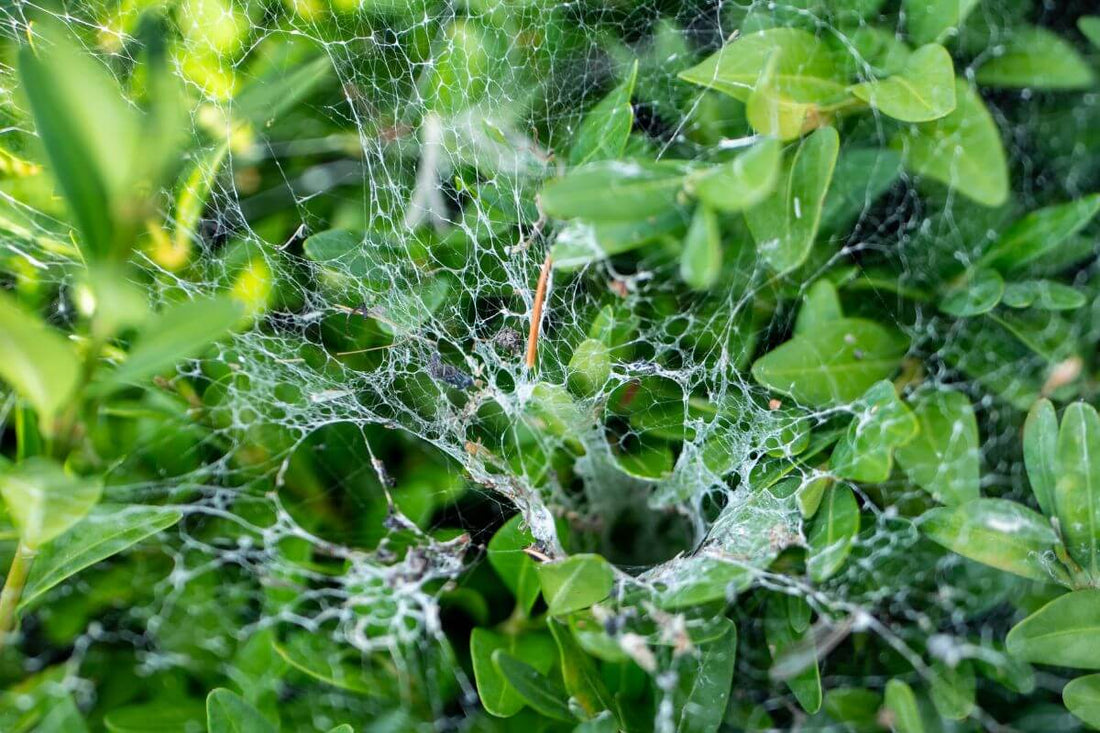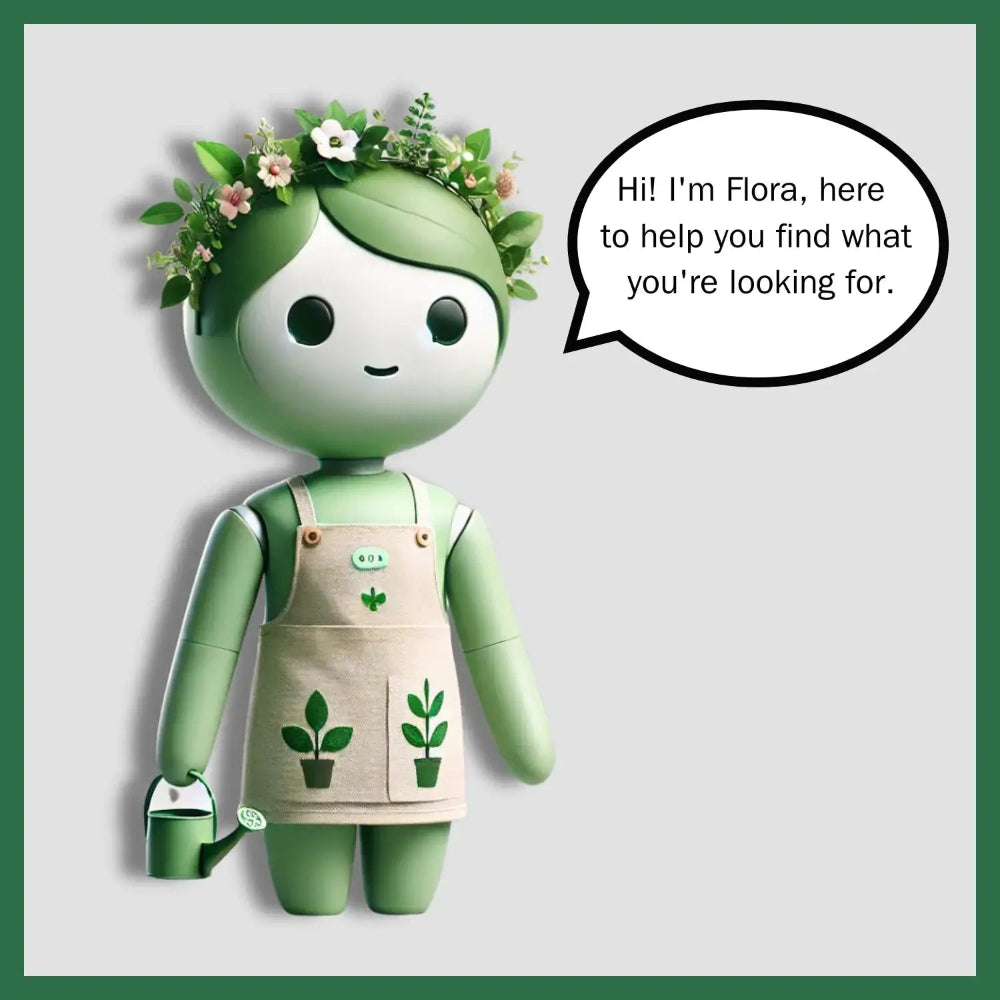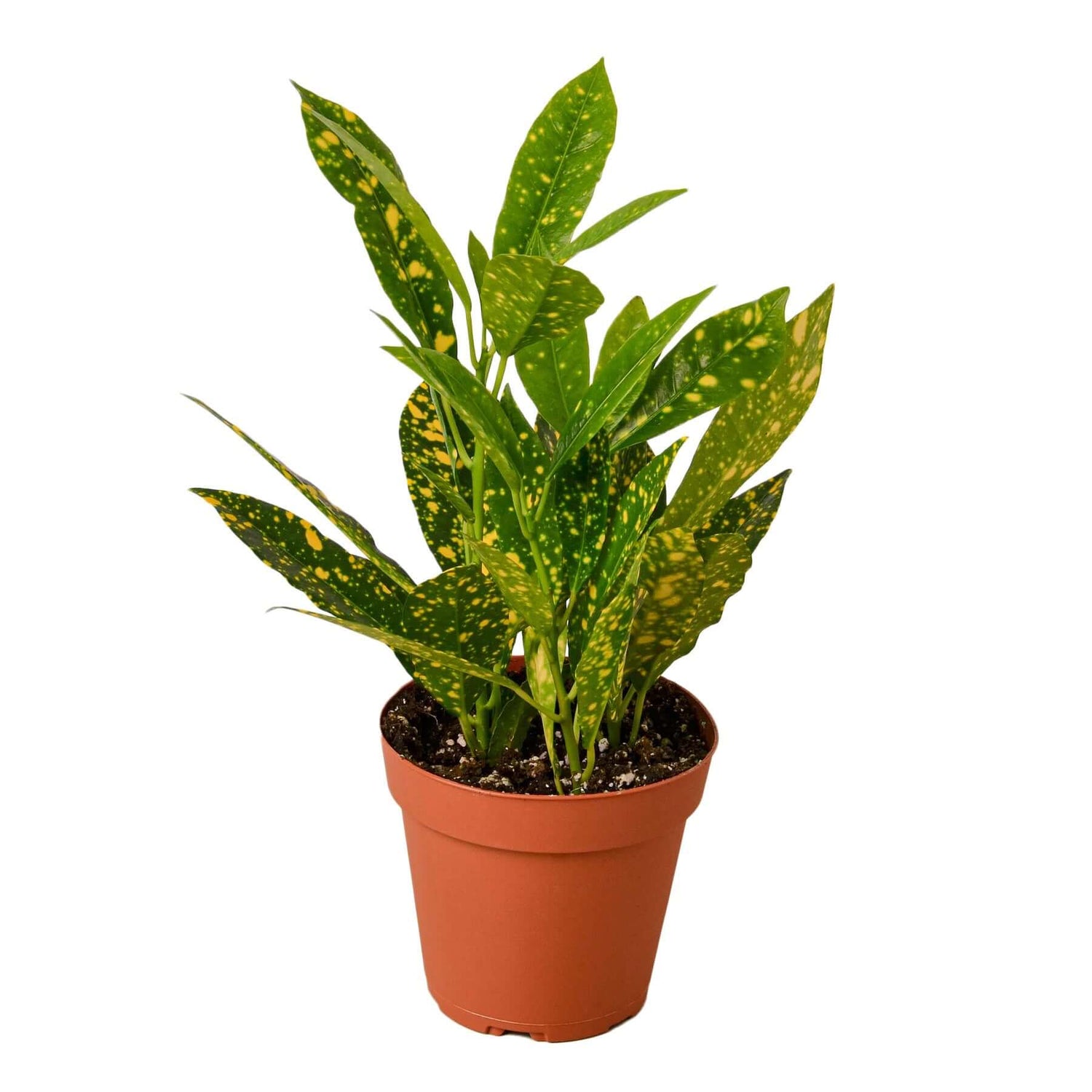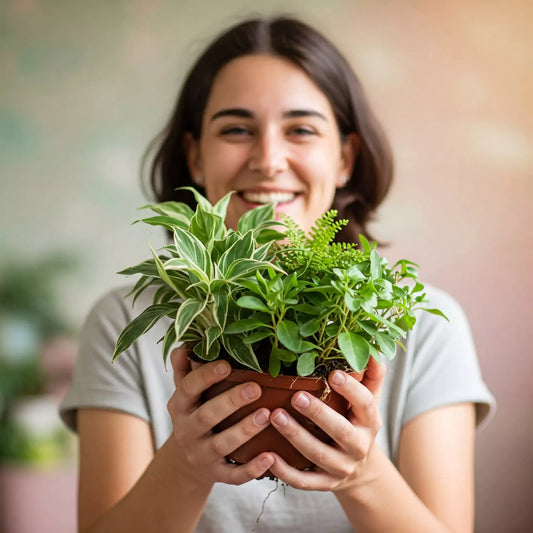Welcome to 'All About Planties'! 🌿 Explore natural, effective solutions to rid your beloved houseplants of gnats and bugs, ensuring your indoor garden stays vibrant and healthy.

Understanding Your Enemy: Identifying Gnats and Common Houseplant Bugs
The first step in tackling an infestation is knowing what you're dealing with. Gnats, often confused with fruit flies, are small, but their presence in numbers can be a nuisance. Common houseplant bugs might include aphids, spider mites, and mealybugs. Each pest has its unique traits and may require different approaches to control.
For example, fungus gnats are drawn to the moist soil of houseplants, feeding on organic matter, whereas aphids typically cluster on leaves and stems, draining sap and weakening the plant. Recognizing the specific pests affecting your plants is crucial for targeted treatment.
Natural Remedies to Fight Off Gnats and Bugs
There are numerous natural strategies to combat gnats and other pests without resorting to harsh chemicals. One popular method is using a mixture of soap and water to spray down infected plants. Neem oil, a natural pesticide, can also be effective when applied properly.
Other remedies include introducing beneficial insects, like ladybugs, which feed on aphids and other soft-bodied pests. Sticky traps can catch adult gnats and reduce their numbers. Diatomaceous earth, when sprinkled on the soil, can deter crawling insects without harming your plants.

Cultural Practices to Keep Your Plants Healthy and Pest-Free
Preventing infestations begins with good plant hygiene. Overwatering creates a favorable environment for gnats, so ensure proper drainage and allow the soil to dry between waterings. Regularly inspect your plants for signs of stress or insect activity, as healthy plants are less susceptible to infestations.
Pruning dead or diseased foliage promptly removes potential insect habitats. Keeping the foliage clean by wiping leaves with a damp cloth can also deter pests. Quarantine newly acquired plants to prevent the spread of any undetected pests to your existing collection.
When to Consider Chemical Solutions: Safe Options for Indoor Use
If natural remedies are insufficient, there are chemical options that can safely be used indoors. Insecticidal soaps and horticultural oils target a variety of insects and are generally safe for use on houseplants. Always follow the instructions on the label and test on a small area of the plant first.
For severe gnat infestations, products containing Bacillus thuringiensis subspecies israelensis (Bti) can be added to the soil to kill larvae. It's essential to select products specifically labeled for indoor use to ensure they won't harm your health or your plants.

Preventative Measures: Ensuring Gnats and Bugs Don't Return
The best defense against pests is prevention. Regular plant care and inspection can catch problems early. Use sterile potting mix to avoid introducing pests and consider adding a top layer of sand or gravel to your soil, which discourages gnats from laying eggs.
Maintaining a clean home environment and removing any rotting plant matter or food scraps can also reduce the risk of pests. With these preventive measures in place, your houseplants will flourish in a pest-free environment.
Plants Prone to Infestations
Certain indoor plants are more susceptible to pests, particularly those with softer leaves or that require consistently moist soil. For example:
- Fiddle Leaf Fig (Ficus lyrata): Susceptible to spider mites and scale insects, especially when stressed.
- Peace Lily (Spathiphyllum): Often targeted by aphids, mealybugs, and spider mites.

- African Violet (Saintpaulia): A favorite of thrips and aphids due to its soft, tender leaves.
Plants Resistant to Pest Infestations
On the flip side, some plants are more resilient and less likely to attract pests. These include:
- Snake Plant (Sansevieria trifasciata): With tough, leathery leaves, this plant is resistant to most common pests.
![Snake Plant 'Zeylanica' - Indoor Plants | Care Tips: [Brief care tip] | Keywords: [relevant keywords]](https://cdn.shopify.com/s/files/1/0640/1179/6685/files/snake-plant-zeylanica-indoor-plants-751488_480x480.webp?v=1722071951)
- ZZ Plant (Zamioculcas zamiifolia): Known for its waxy, thick leaves, the ZZ plant is highly resistant to both pests and diseases.

- Aloe Vera: Its thick, succulent leaves are less prone to pest attacks, particularly in drier conditions.
These plants are excellent choices if you're looking to enjoy greenery with minimal pest problems.
These plants may require more frequent inspections and proactive pest management strategies to prevent infestations.

Final Thoughts
Understanding how to protect your houseplants from pests like gnats and bugs is crucial for maintaining a healthy indoor garden. With the right approach, you can ensure your plants continue to thrive and beautify your home. For more plant care tips and products, visit our shop and join our community at 'All About Planties.'
Happy growing! 🌱
Articles Related
- Bringing Life to Dark Corners: The Best 8 Low Light Indoor Plants
- How to Water Indoor Plants Correctly: A Complete Guide
- 6 Essential Tips for Caring for Indoor Plants in Fall and Winter










